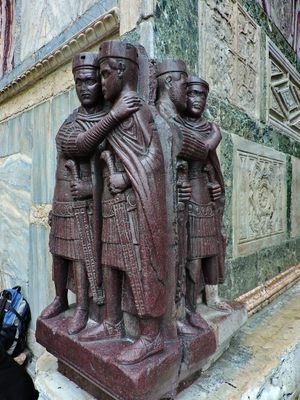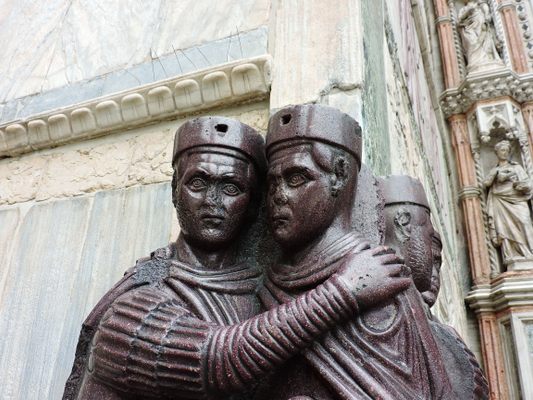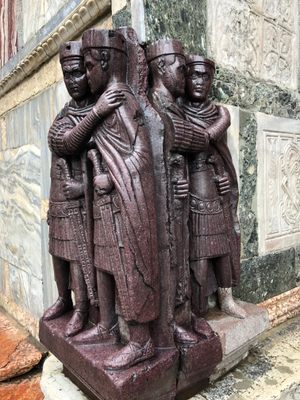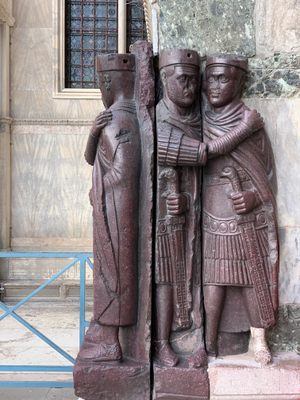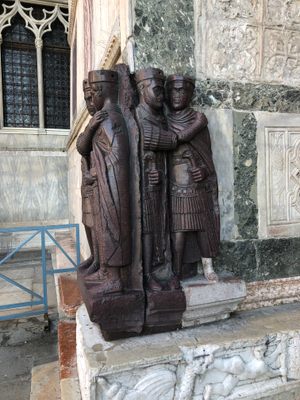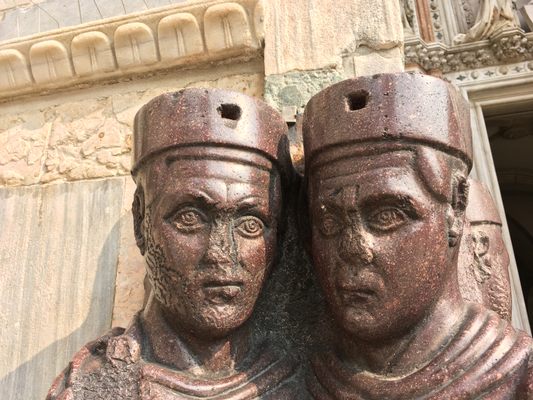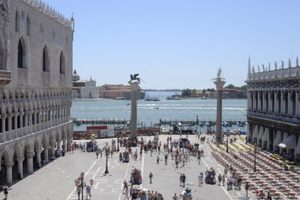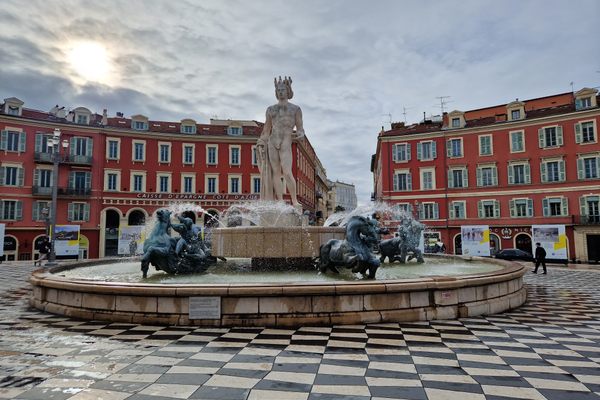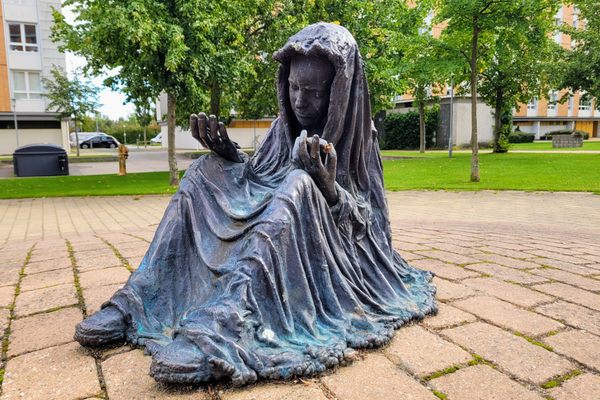About
Made from Porphyry, a rare rock with a regal purple-red hue, this statue memorializes a strange political period in Roman history. Take a closer look, and you’ll realize one of the figure’s missing limbs also hints at its pre-Venetian past.
Dated to around 300 AD, the statue shows four emperors from Rome's brief tetrarchy, which saw the empire ruled by four people: two senior Augusti and two junior Caesars. An Augustus teamed up with a Caesar to rule the Eastern half of the empire while the other two took control of the West.
With its faded features, it’s clear the old sculpture group has spent many, many years exposed to the elements. The Portrait of the Four Tetrarchs originally stood in Constantinople, the capital city of the Eastern Roman Empire, for almost 1,000 years.
It was stolen by the Venetians when they sacked the city in the early 13th century during the Fourth Crusade. When the Venetian raiders ripped the artwork from its original post, they accidentally broke a foot off one of the emperors. The limb remained lost until the 1960s, when it was discovered during an archaeological excavation in Istanbul.
The Venetians brought the rest of the statue—sans the broken foot—back with them to Venice, where it has guarded a corner of St. Mark's Basilica since the Middle Ages. The sculpture is among the large amount of spolia, pieces taken from other structures, adorning Venetian buildings.
Related Tags
Know Before You Go
It's freely accessible and located on the south corner of the Basilica's grand facade, next to the ornate door directly opposite the campanile.
Flavors of Italy: Roman Carbonara, Florentine Steak & Venetian Cocktails
Savor local cuisine across Rome, Florence & Venice.
Book NowCommunity Contributors
Added By
Published
March 22, 2018
